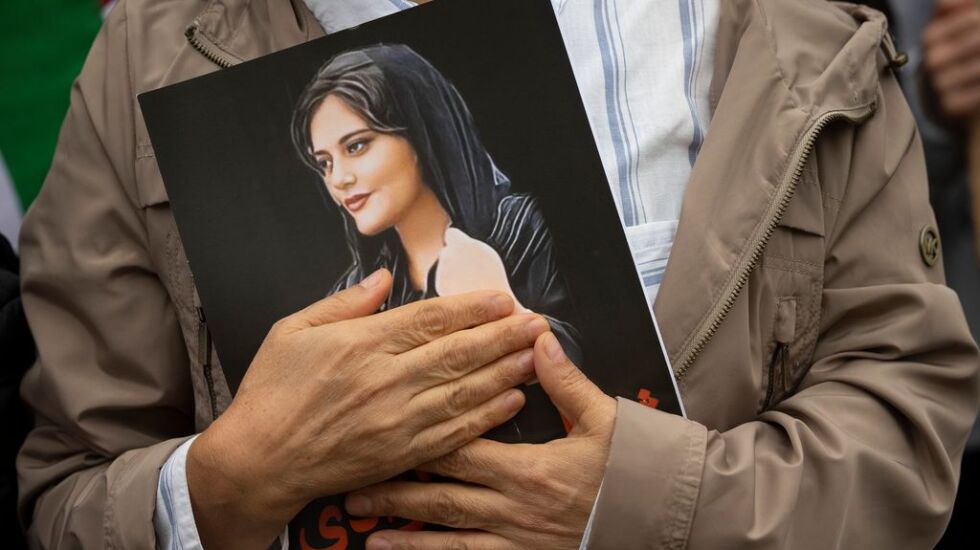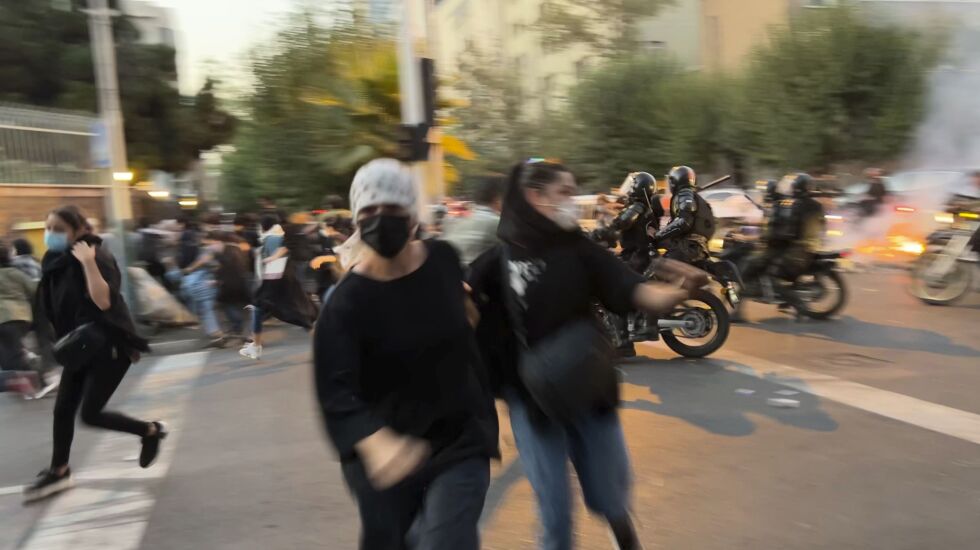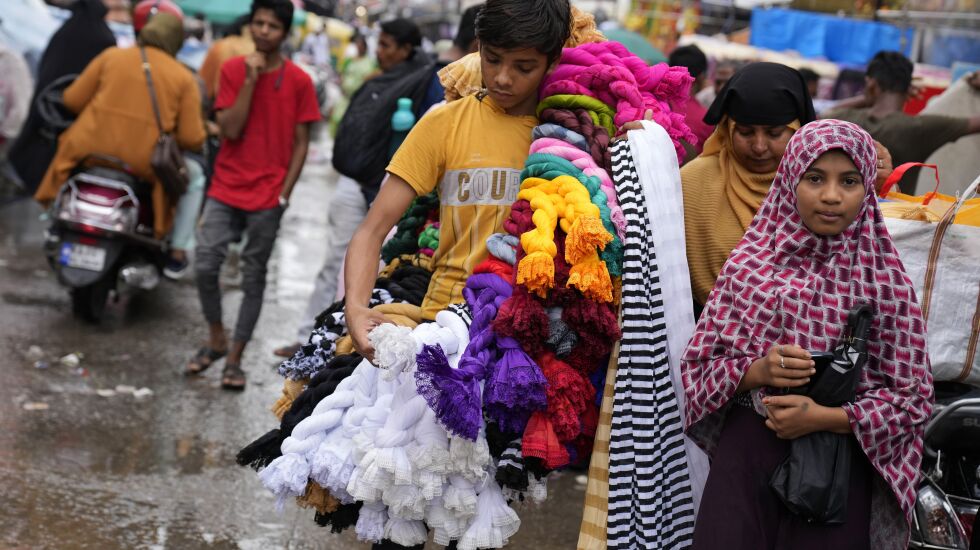
I get irritated whenever I come across vintage pictures of Iranian and Afghan women wearing miniskirts and bikinis decades before they were forced to cover their hair and bodies.
The images themselves don’t bother me.
I just flinch at the accompanying captions on social media — mostly by non-Muslims with savior complexes — that draw superficial conclusions about a country’s supposed progressive past based on how closely the mostly affluent women’s wardrobe resembles what their mothers and grandmothers wore in their youth.
Not only are the commentaries simplistic in their approach, they are low-key Islamophobic. The message is that any Muslim woman in a hijab is oppressed and devoid of any agency.
Some of those retro snapshots, along with the tone-deaf analyses, have resurfaced since 22-year-old Mahsa Amini’s violent death in Iran led to nationwide protests — and inspired other protests in solidarity worldwide — against the Islamic Republic’s suffocating regime and its mandatory hijab laws.
Amini, who was arrested by the morality police for wearing her hijab too loosely, took her last breath days after she was taken into custody in Tehran. Authorities said the Kurdish woman suffered a heart attack, but fractures to her skull and the bruises stamped across her limbs told another story, prompting the outcry.
It is not surprising that the striking visuals of Iranian women and girls burning their hijabs, and the mounting death toll of demonstrators, is drawing the attention of the international community and human rights organizations. Beating a woman to death for showing a few locks of hair under the guise of Islamic jurisprudence is unacceptable.

There is sincere, heartfelt concern for the welfare of Iranians out there. But in this generous outpour, I can’t help but think of the pushback that has arisen when women in some non-Muslim majority countries want to wear a hijab. And within this semblance of empathy, bigots are using the situation in Iran to drum up more ways to make life harder for Muslims within their own borders.
In France, female artists and actors, including Juliette Binoche and Marion Cotillard, gave a nod to dissenting Iranians by snipping off some of their hair. Wonderful. Much appreciated. But that compassion was lacking when the French government, in the name of secularism, implemented its own laws aimed at controlling how people of faith — particularly Muslim women — dress in certain spaces.
“Denying women the right to wear a hijab is just as patriarchal and authoritarian as making them wear one,” noted Catherine Z. Sameh, an associate professor of gender and sexuality studies at the University of California at Irvine.
India has certainly been on such an oppressive kick. Right-wing Hindu nationalists, who recently succeeded in enacting a hijab ban at schools and colleges in the southwest state of Karnataka, have been foaming at the mouth defending Iranian women’s right to wear what they want while quashing that same freedom for their fellow Indians.

Muslim students in Karnataka and their defenders responded to the hijab ban there by protesting as their counterparts in Iran had, eventually filing a complaint with India’s Supreme Court. A two-person panel last Thursday issued a split decision and sent the matter to a larger bench of judges to settle.
“Under our Constitutional scheme, wearing a hijab should be simply a matter of choice. It may or may not be a matter of essential religious practice, but it still is a matter of conscience, belief and expression,” Justice Sudhanshu Dhulia said in issuing his opinion.
Having that choice is ultimately at the heart of the current movement in Iran, where most but not everyone is Muslim. “These are protests against compulsory hijab” — not hijab, Sameh stressed.
Roxanne Varzi, Sameh’s colleague and a fellow Iranian American, concurred, pointing out that Iranian women who want to wear hijab are among those in the crowd calling out for the rights of their friends and relatives who don’t want to cover their hair.
“They’re out there because of their need and desire to have a choice,” said Varzi, an anthropology professor at UC-Irvine.
That gesture should sound familiar to many American women who have peers who’d never want to undergo an abortion but have been showing up at pro-choice rallies because they believe only women — not the government, nor a religious institution or a man — should make decisions about their bodies.
I hope these nuances are kept in mind when others encounter Muslim women, with or without hijab, while efforts to police our clothing continue overseas.
They say clothes don’t make a man. They don’t make a woman either.
Rummana Hussain is a columnist and member of the Sun-Times Editorial Board.
Want to write a letter to the editor or an op-ed? Check out our guidelines.







